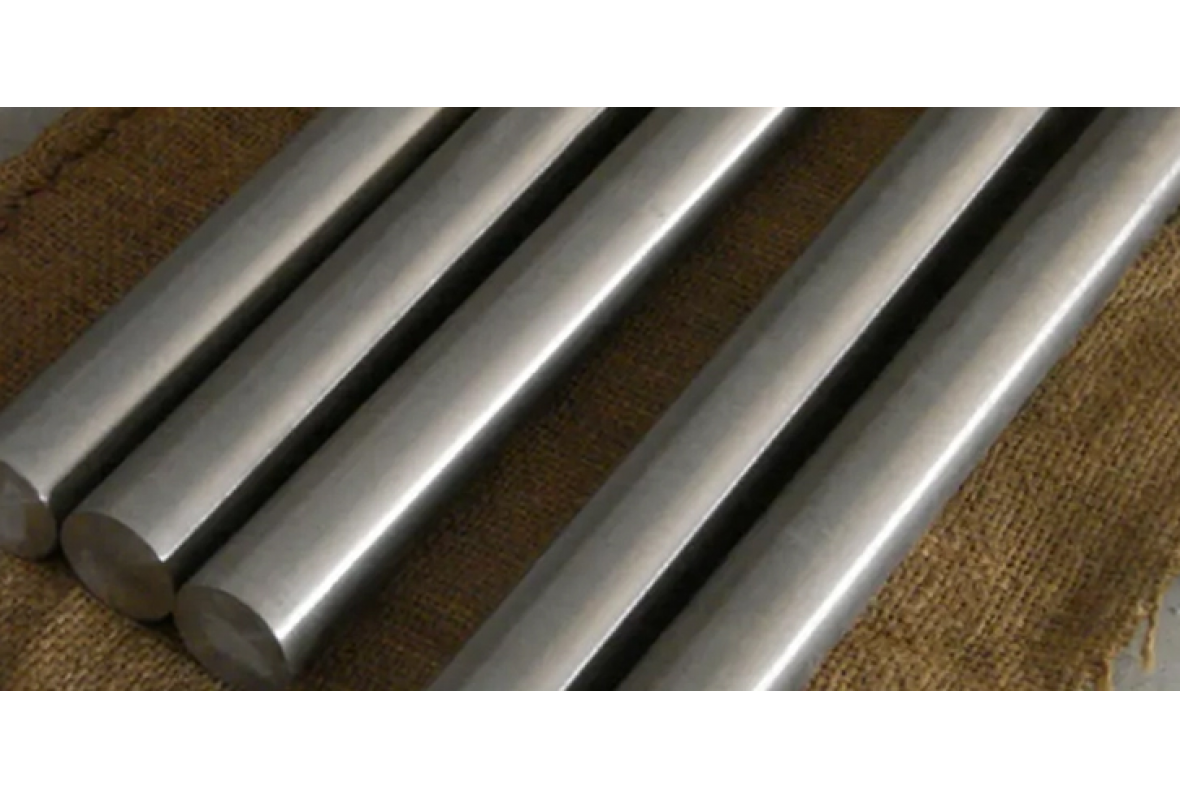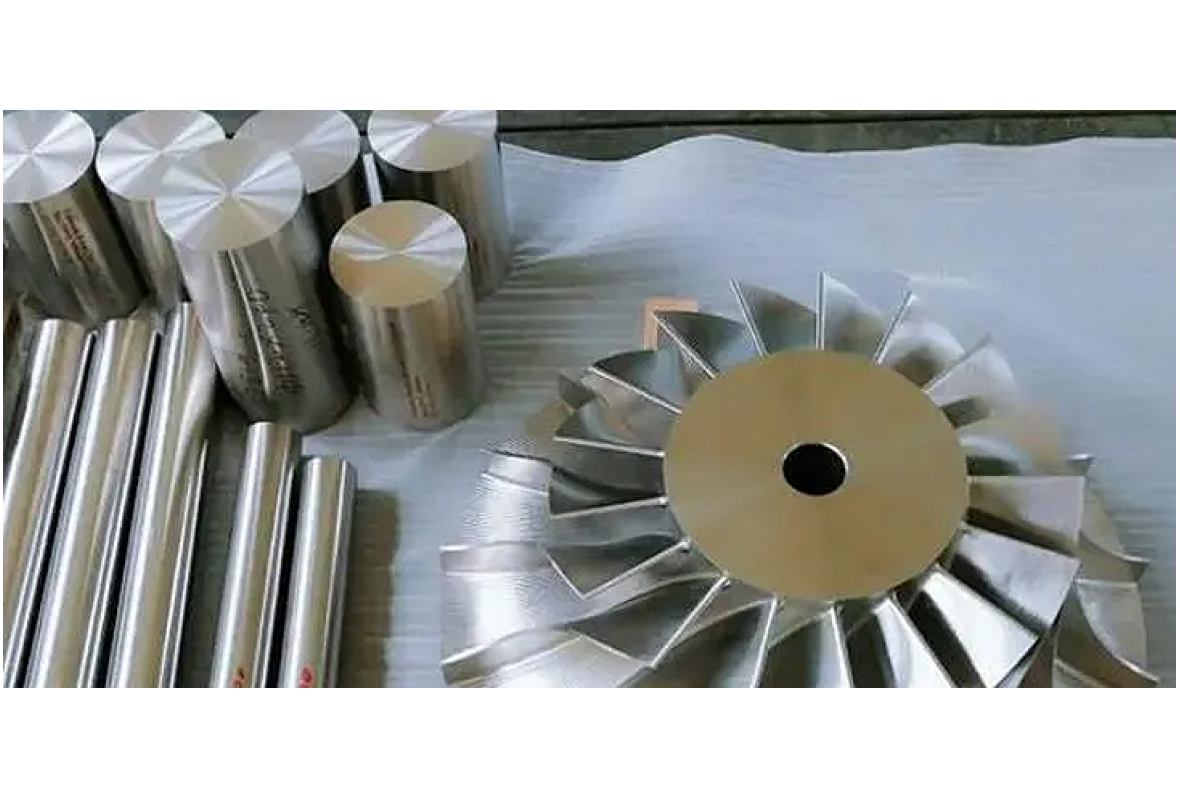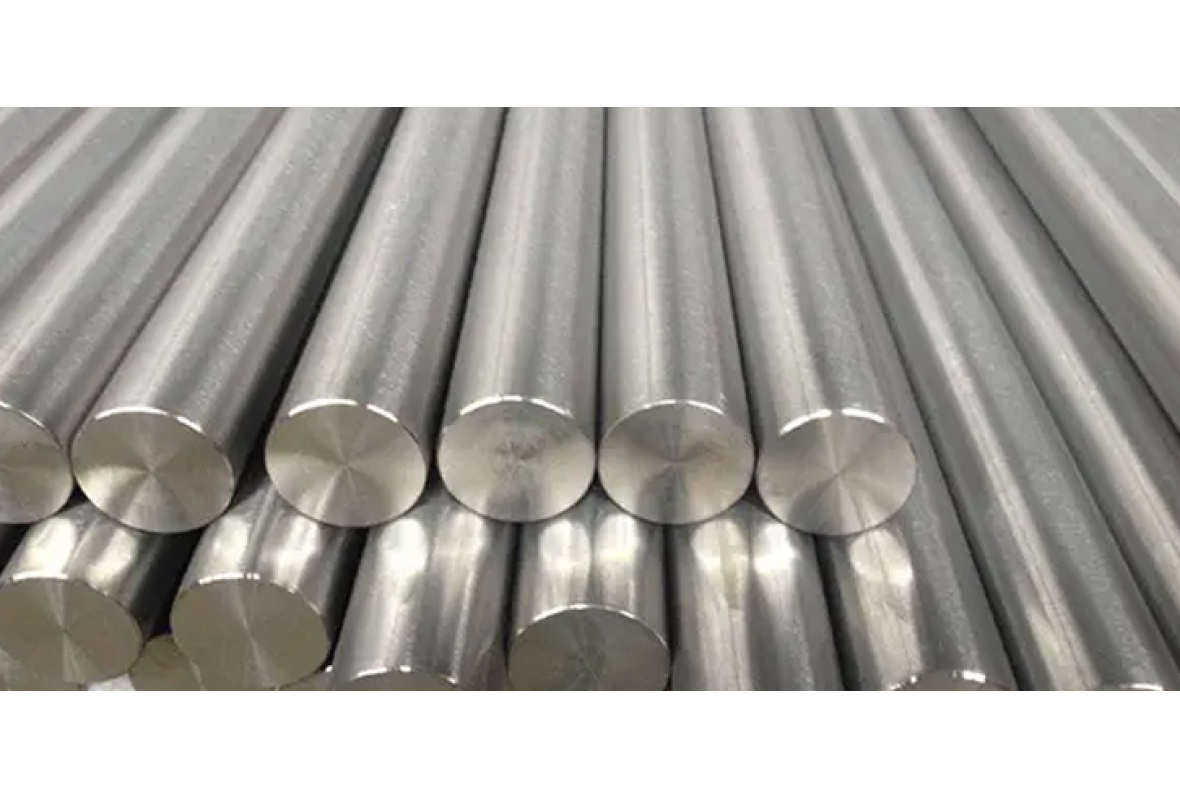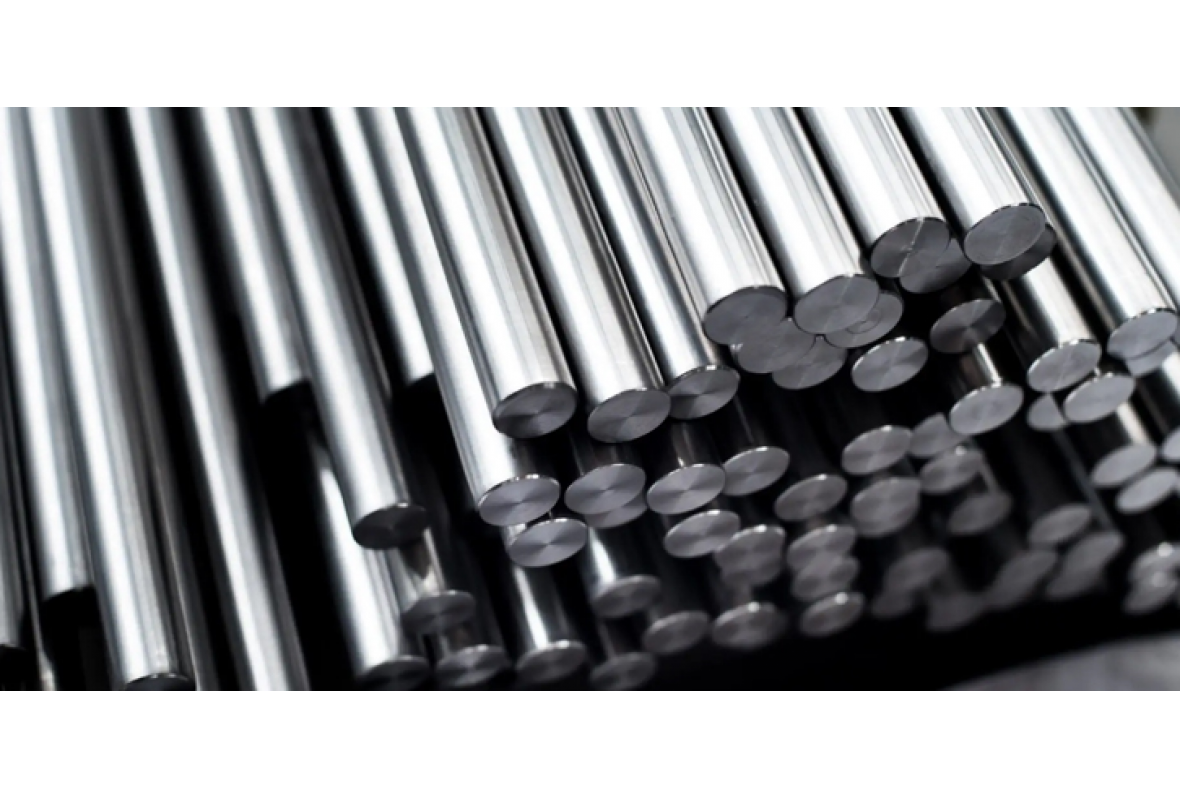Characteristics of titanium and titanium alloys
Titanium and titanium alloys are characterized by their light weight, half that of steel, high strength, strong heat resistance, low temperature resistance and corrosion resistance. They are called "the metal of the future". Pure titanium has plasticity. The elongation of high-purity titanium can reach 50-60%, but the strength and hardness of pure titanium are lower than those of titanium alloy. Titanium alloy is achieved by strictly controlling the appropriate impurity content and adding alloy elements. The impurities in titanium have a great impact on its mechanical properties, especially oxygen, nitrogen, carbon and other elements can greatly improve the strength of titanium, but the plasticity will be reduced. Titanium alloy has good mechanical properties. Titanium and its alloys not only have very important applications in aviation and aerospace industries, but also are increasingly used in many industries and consumer goods such as chemical industry, petroleum, metallurgy, power generation, tableware, watches, jewelry, etc.
Titanium technical parameters:
Chemical code of titanium: Ti (Titanium)
Titanium density: 4.507g/cm3
Titanium melting point: 1668 т
Titanium boiling point: 3000 т
Application of titanium plate:
1. The raw materials of pure titanium and titanium alloy (Alpha Beta) are gray, while Beat titanium is dark gray.
2. The tensile strength of beta titanium material is better than that of titanium alloy (Alpha Beta), while the tensile strength of titanium alloy (Alpha Beta) is stronger than that of pure titanium. Select appropriate titanium plates according to the structural strength or functional requirements of each part of the titanium glasses.
3. Beta titanium has considerable hyperelasticity, but its ductility is lower than that of titanium alloy (Alpha Beta) and pure titanium.
4. As titanium materials are fragile and fragile due to oxygen and hydrogen inhalation, the welding process of titanium metal glasses needs to be protected by high-purity argon.
5. Select appropriate titanium welding pads, which shall have high welding strength and good fluidity.
6. Hydrofluoric acid (HF) can effectively remove the oxide layer on the surface of titanium materials. With the continuous improvement of technology, rationalization of price, lightness and comfort, and nickel free characteristics of titanium metal eyewear manufacturers around the world, the market demand for titanium metal eyewear is increasing. I believe that titanium will become the best engineering material for eyewear.
Alloying elements can be divided into three categories according to their influence on the transformation temperature: т stable ЮБ Phase, the elements that increase the phase transition temperature are ЮБ Stable elements include aluminum, carbon, oxygen and nitrogen. Aluminum is the main alloy element of titanium alloy, which has obvious effects on improving the strength of alloy at room temperature and high temperature, reducing the specific gravity and increasing the elastic modulus. тЁ Stable ЮВ Phase, the elements that reduce the phase transition temperature are ЮВ Stable elements can be divided into two types: isomorphic and eutectoid. The former includes molybdenum, niobium, vanadium, etc; The latter includes chromium, manganese, copper, iron, silicon, etc. тЂ Neutral elements, such as zirconium and tin, have little effect on the phase transition temperature.
Oxygen, nitrogen, carbon and hydrogen are the main impurities in titanium alloys. Oxygen and nitrogen in ЮБ There is a large solubility in the phase, which has a significant strengthening effect on titanium alloy, but reduces the plasticity. It is generally specified that the content of oxygen and nitrogen in titanium is below 0.15-0.2% and 0.04-0.05% respectively. Hydrogen in ЮБ The solubility in the phase is very small, and too much hydrogen dissolved in the titanium alloy will produce hydride, making the alloy brittle. Generally, the hydrogen content in titanium alloy is controlled below 0.015%. The dissolution of hydrogen in titanium is reversible and can be removed by vacuum annealing






